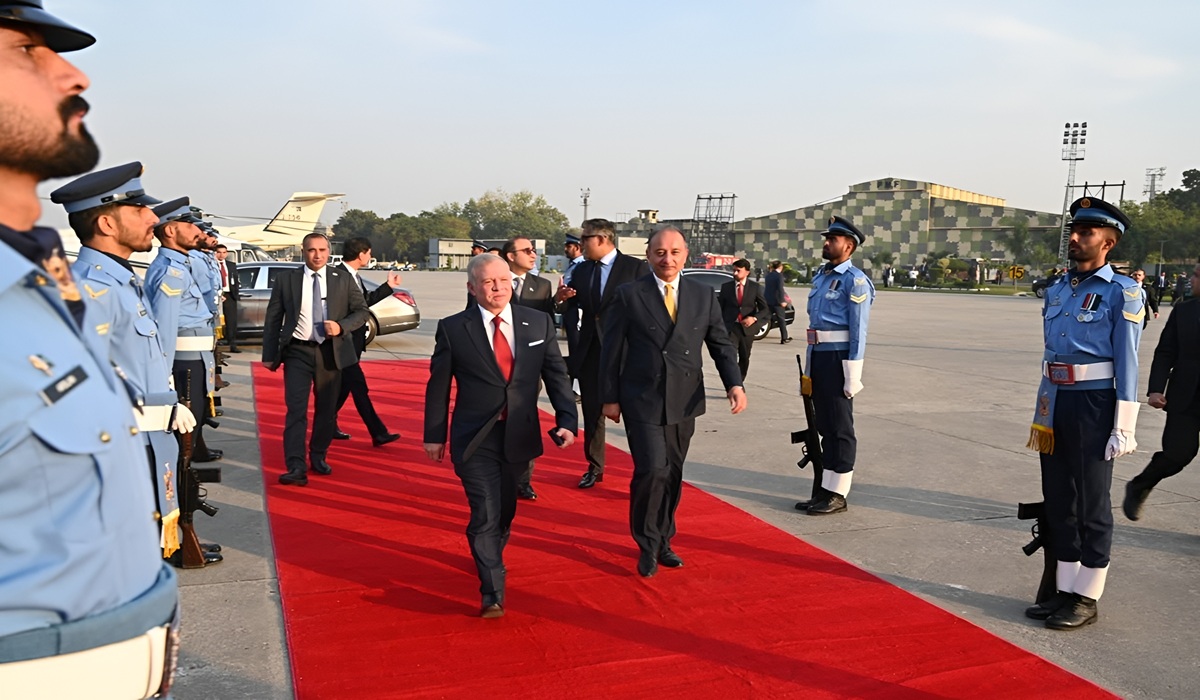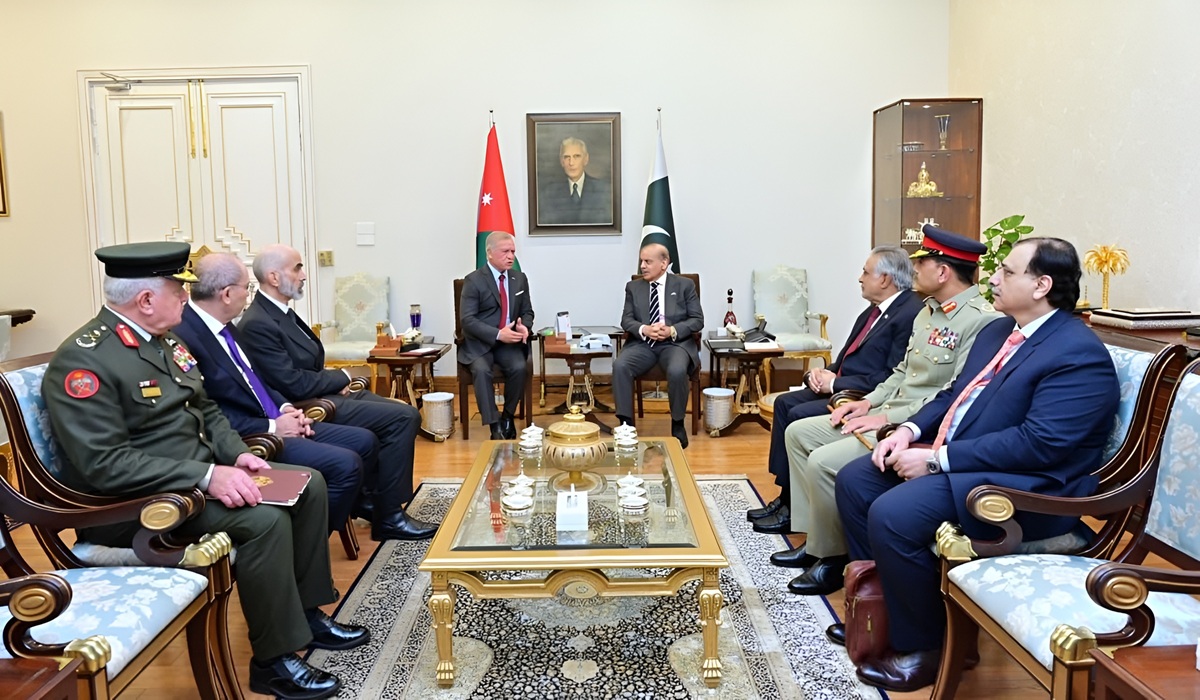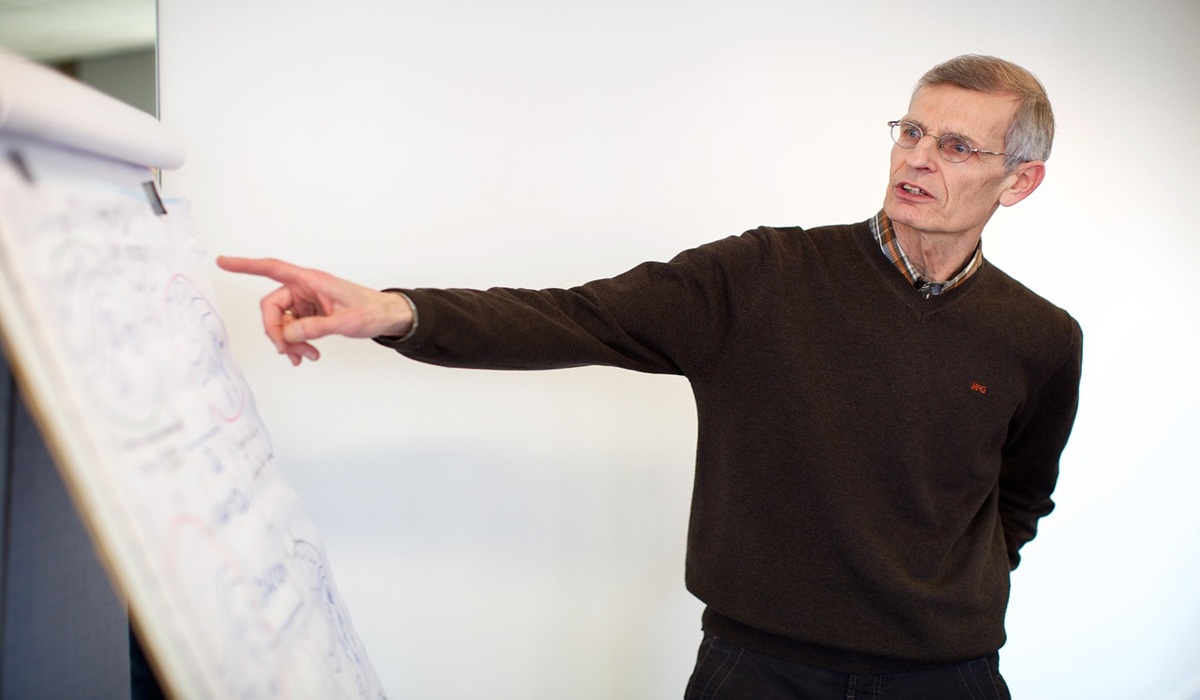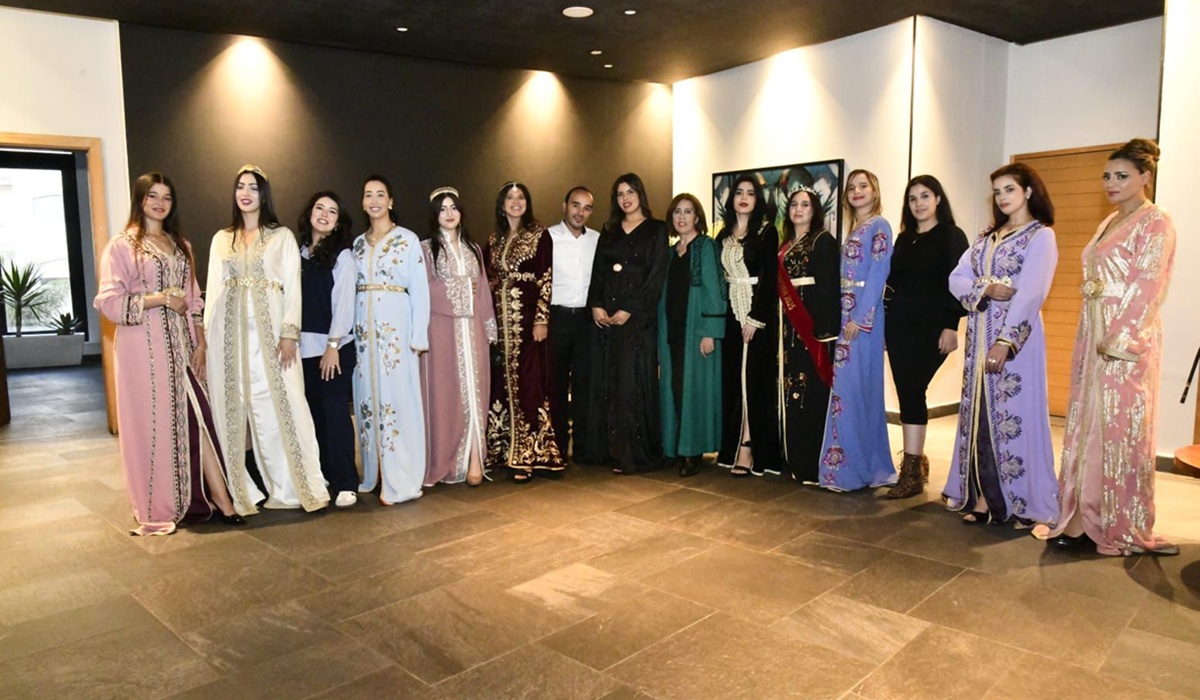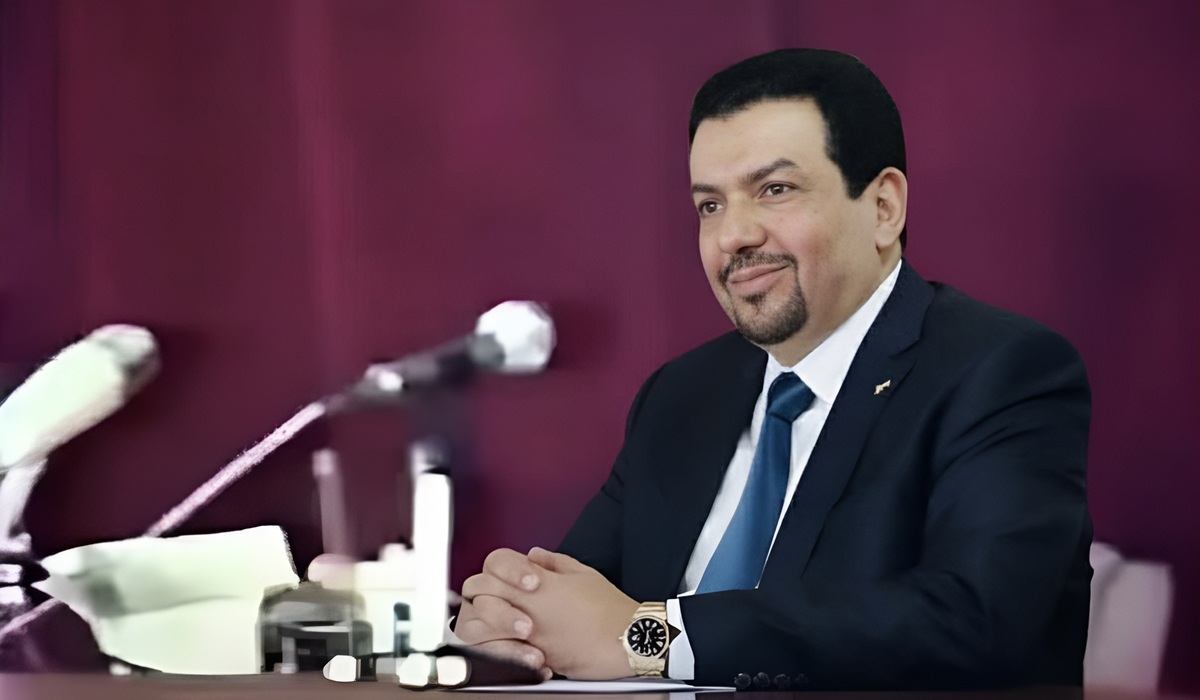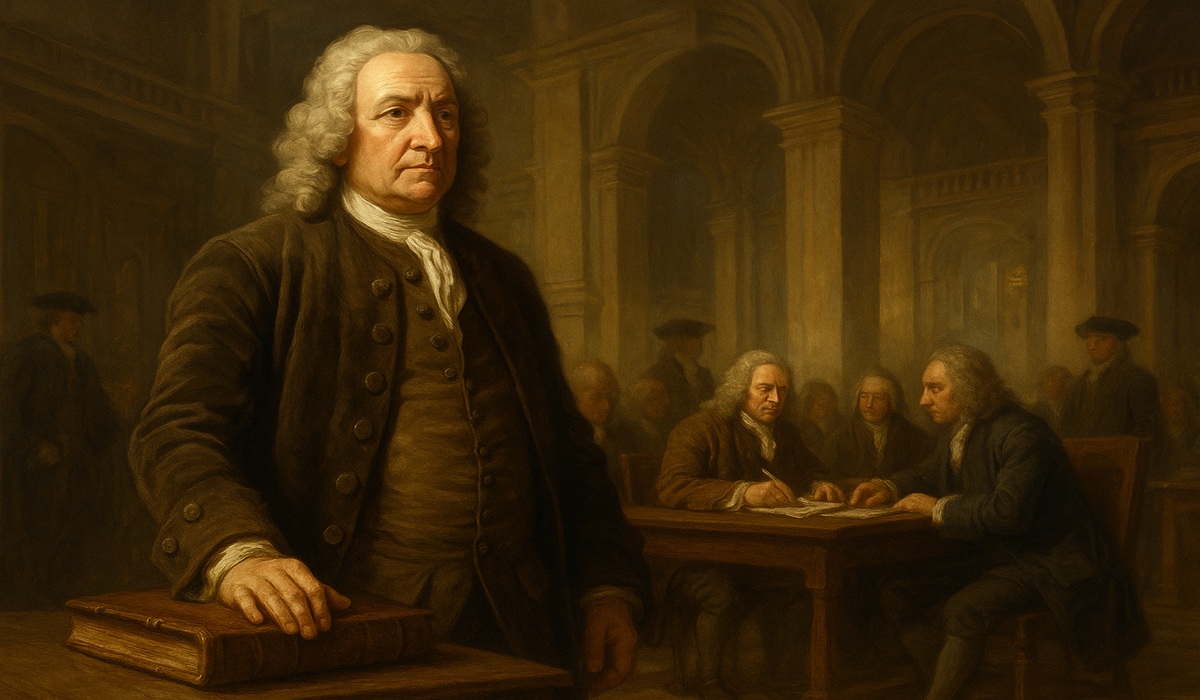The Empty Stage at Folklorama: Why Inclusion Matters in a Divided World
- TDS News
- Entertainment
- Trending News
- August 8, 2025
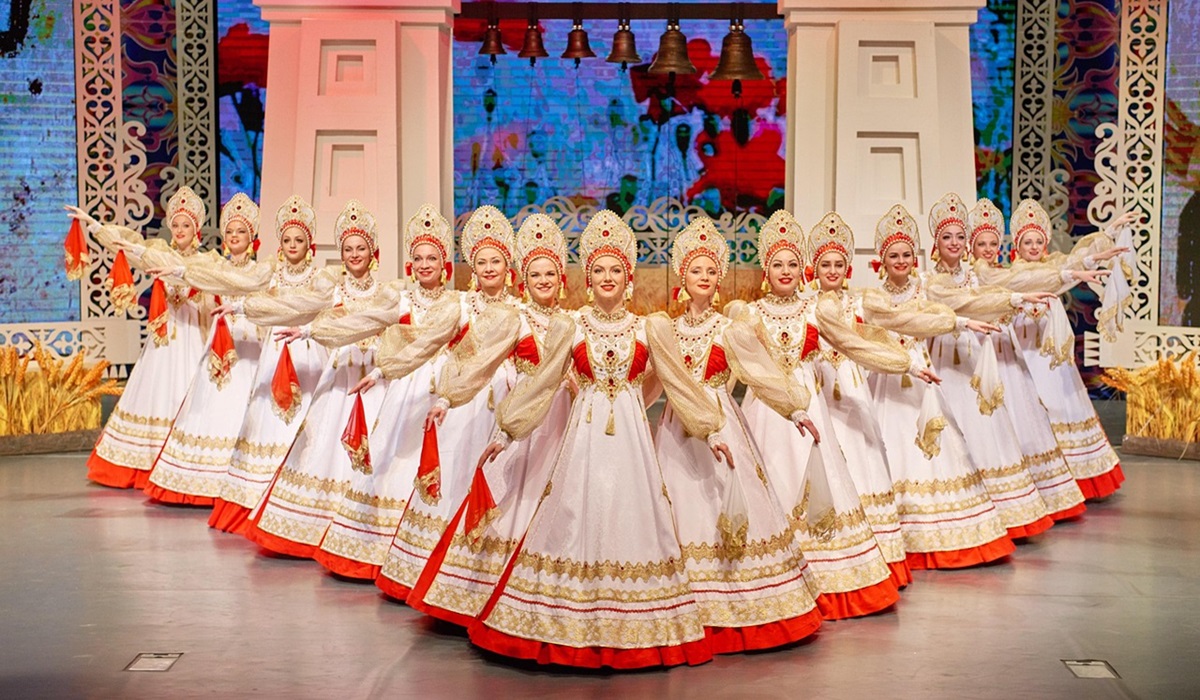
Image Credit: Delo
Part One
Since the war between Russia and Ukraine began, visitors to Winnipeg’s beloved summer festival, Folklorama, have noticed an empty corner of the global village: the Russian Pavilion has not raised its banners or filled its stage. In crowded lounges and on patios after performances, people have whispered different explanations. Some insist the pavilion was banned; others repeat stronger claims — that the Folklorama itself took a political stance and barred the community. Rumors move fast where people feel hurt and angry; they are fuelled by headlines, by outrage, and by anyone searching for a simple story in a complex world. The truth — quieter, more human, and far less satisfying for clickbait — is that the community behind the pavilion chose, of their own accord, not to participate. That decision is not an easy or obvious one. It is rooted in grief, safety concerns, divided loyalties, and a desire to avoid making a local celebration into a theatre for international conflict. It is a reminder that communities, like individuals, sometimes step back to heal, even from the hard and public work of celebration.
To understand why a pavilion that once brimmed with music, recipes, and costume can be absent requires that we step away from instant narratives. It requires patience to look at backstories and context rather than only the dramatic present. War creates a special intensity of meaning — facts are sometimes set aside in favor of what people most want to believe. If you support Ukraine, the moral geometry of this crisis is clear and you will see symbols and actions through that lens; if you support Russia, you will see an entirely different configuration. Yet within both nations, and among their diasporas, opinions are multiple. There are Ukrainians and Russians who oppose their governments’ positions; there are those who oppose the war loudly and those who carry silent shame. The absence of a pavilion is not proof of a single narrative; it is proof of sadness, complexity, and of decisions made at the grassroots level for reasons that do not fit neat media frames.
There are several historical threads that have braided together into the present conflict. After the USSR dissolved, Ukraine’s independence represented a seismic shift in Europe’s political map — an event that some in Russia still remember as a loss. The annexation of Crimea in 2014 intensified tensions between the two countries and highlighted the cultural and linguistic complexities within Ukraine itself. For decades Ukraine dealt with corruption and political instability, and within its borders there have been groups whose politics are extreme — the same unfortunate reality that exists in many countries. At the same time, the question of NATO expansion since the 1990s is central to how many in Russia perceive threats to their security. Whatever historical interpretation one prefers, ignoring decades of diplomatic, military, and economic maneuvering will leave any account incomplete. The suffering that follows from war is not abstract; it is the displacement, the lost lives, the ruptured families that also reach into diasporas and local communities.
The conversation about global conflicts cannot be limited to one front. The atrocities that unfolded in Israel and Gaza — and the subsequent humanitarian crisis — must be named for what they are: catastrophes with long histories and immediate, horrifying consequences. October 7th was a moment of brutal violence that changed many lives in an instant; the subsequent devastation in Gaza has displaced over two million civilians and inflicted a scale of human suffering that should trouble every conscience. Yet, like the conflict in Europe, this moment did not happen in a vacuum. The decades-long occupation, contested narratives, political decisions and geopolitical alliances matter to how people explain what happened and why. In all these conversations, America’s role — in military support, diplomacy, and policy choices — has been substantial and must be part of any honest reckoning. None of this is meant to equate harms or provide moral cover to any actor; it is meant to outline complexity so that local communities can respond with clarity and compassion rather than reflexive anger.
Against these fraught global backdrops, the work of cultural festivals might seem curiously small. Yet that work is both deliberate and courageous. Folklorama, you and I know, offers a simple set of missions: celebrate heritage, build bridges, and create spaces where neighbours can meet across difference. It is not a foreign ministry; it is not a political party. Folklorama does not function as a tribunal for international politics. Their mission is to uplift cultural expression, to create a place where a child can taste a food from another corner of the world and, in that moment, feel that the world is larger and warmer than headlines suggest. For many, that is a form of civic repair at a time when everything around us pushes toward fractures.
That is not to say politics never touch the festival — they do, inevitably. Human beings bring their histories with them. There will always be pavilions whose home countries are engaged in actions many find troubling. If Folklorama were to calibrate participation by moral purity in international affairs, very few nations would be unblemished. Most countries have histories of conquest, injustice, or controversy. To eliminate every culture tied to a state that has acted poorly would erase many peoples and the very possibility of the festival’s social work. This is why it makes sense — to separate political condemnation from cultural inclusion — is also a moral decision rooted in the conviction that people and governments are not the same: a grandmother’s pie recipe and a diplomat’s decree are not identical things. Celebrating a culture does not amount to endorsing every action taken in the name of that culture’s state.
Part Two
In the local community, the continued presence of pavilions like the Israeli Pavilion sometimes raises questions: why is one community celebrated while another withdraws or is criticized? The simplest answer is that civic culture is not perfectly symmetrical. Jewish Winnipeggers who run a pavilion are not the Israeli government, and they want to share their art and food with their neighbours. Similarly, the Russian-heritage community that chose to step back did so not because the festival denied them access, but because their own members weighed risks, internal divisions, and what participation would mean in a moment when public life is charged with foreign policy symbolism. That voluntary absence is an act of protection, of solidarity with members worried about being targeted, or of a community’s wish to avoid deepening local polarization. It is also an act of grief — when a culture’s usual, joyful representation becomes politically freighted, some people choose to sit in the quieter place of mourning rather than perform for a world that feels broken.
We should also remember that festivals exist to bring people toward each other. Watching a performance, tasting unfamiliar food, or learning a song is a soft, human way of de-escalating hostility. Inclusion at the Folklorama is not naïveté; it is acceptance. When people who feel distant or afraid stand across a dais and see a neighbour from another background laugh with joy, the mechanics of suspicion are interrupted. It does not instantly solve geopolitics, but it changes the air in which neighbours live. That is why many in Winnipeg — across faiths, backgrounds, and political perspectives — still want to see the absent pavilion return. They miss the dance, the familiar bread steaming on a table, the texture of a language sung aloud. They long for the small signs of normalcy that cultural life provides.
This argument for inclusion, however, does not excuse silence about suffering. A cultural festival does not mean being blind; it means holding complexity in one hand and sympathy in the other. Organizers and community leaders can — and often do — create programming that acknowledges pain and promotes dialogue without turning a celebration into a protest. That balance is hard, and it must be handled with care. Festivals can host conversations, memorials, and educational moments alongside performances to ensure that celebration and reflection coexist. That combination honours the past and the present in a way that is neither performative nor propagandistic.
We also should be honest about limits. Inclusion does not require one to condone violence or deny victims their grief. It does require, though, that we avoid collective punishment — that we not deem every individual representative of a distant government’s worst acts. People who live here have multiple and overlapping identities. An artist teaching a dance step is not a soldier. A cook sharing a family recipe is not the foreign policy. Holding those distinctions is difficult when tragedies pile up and emotions run high, but it is the only way to preserve the moral possibility of common life.
Folklorama’s leaders deserve respect because they choose, often under immense pressure, to prioritize community cohesion. They work to keep the program as a space where people can feel safe to be themselves and proud of their heritage. That is an act of civic imagination: to imagine a city where even when the world is tearing itself apart, neighbours still make room at a long table. Critics who demand that Folklorama act as judges of foreign policy misunderstand both the purpose of these events and the experience of those who invest their time and labour into them. However, critics who accuse communities of being apologists for violence also often ignore the personal toll the global conflicts take on local lives.
The absence of one pavilion should make us reflective, not punitive. It should invite conversation about how societies hold tension — how we name harms, offer accountability, and at the same time protect the dignity of neighbours whose lives are intertwined with distant events. Folklorama is a reminder that difference can be an invitation rather than a threat. It is a living laboratory for pluralism, imperfect and human and stubbornly hopeful. If our goal is to see a future in which Ukrainians, Russians, Israelis, Palestinians, and people from every corner feel safe to place their cultural offerings on a single field, then we must resist the impulse to reduce people to abstract policies or to let rage erase the possibility of reconnection.
In time, many hope the Russian pavilion will return, that the stage will be filled again with the flavours and songs that once made theatres brim. That longing is not endorsement of every act by distant leaders; it is a wish to restore conviviality and to reclaim common life. Folklorama cannot cure geopolitics, but it can remind us that the world is not only about headlines and violence; it is also about recipes passed down across generations, songs taught in kitchens, and the small gestures that make strangers into neighbours. Those things matter deeply, especially when the rest of the world seems intent on division.
There is no simple moral sweep to this story. There are no easy heroes or villains who will make the narrative clean. What remains true is that inclusion matters — not as an escape from justice, but as a practice of civic care. Folklorama’s refusal to weaponize culture and communities’ choices to participate or withdraw for reasons of conscience, safety, or solidarity, are part of a local ethics being written in real time. That ethics asks us to keep open spaces where people can meet, to be honest about the causes and consequences of conflict, and to protect the right of cultures to be seen and heard apart from the actions of distant states.
This is not sentimentalism. It is a sober insistence: the work of living together requires more patience, more courage, and more humility than the politics of shame. The empty stage is a grief that belongs to the city; it is also a promise. If we care for one another well enough, and if we refuse to let the world’s worst impulses define our neighbourhoods, that empty corner will someday be filled again — not because conflict is forgotten, but because people chose to meet once more across difference, to share what endures when everything else has been broken. That is the durable aim of Folklorama: to keep building a public life where inclusion is not a loophole but a practice, and where the presence of a pavilion is a sign that, even in a divided world, we are trying.


